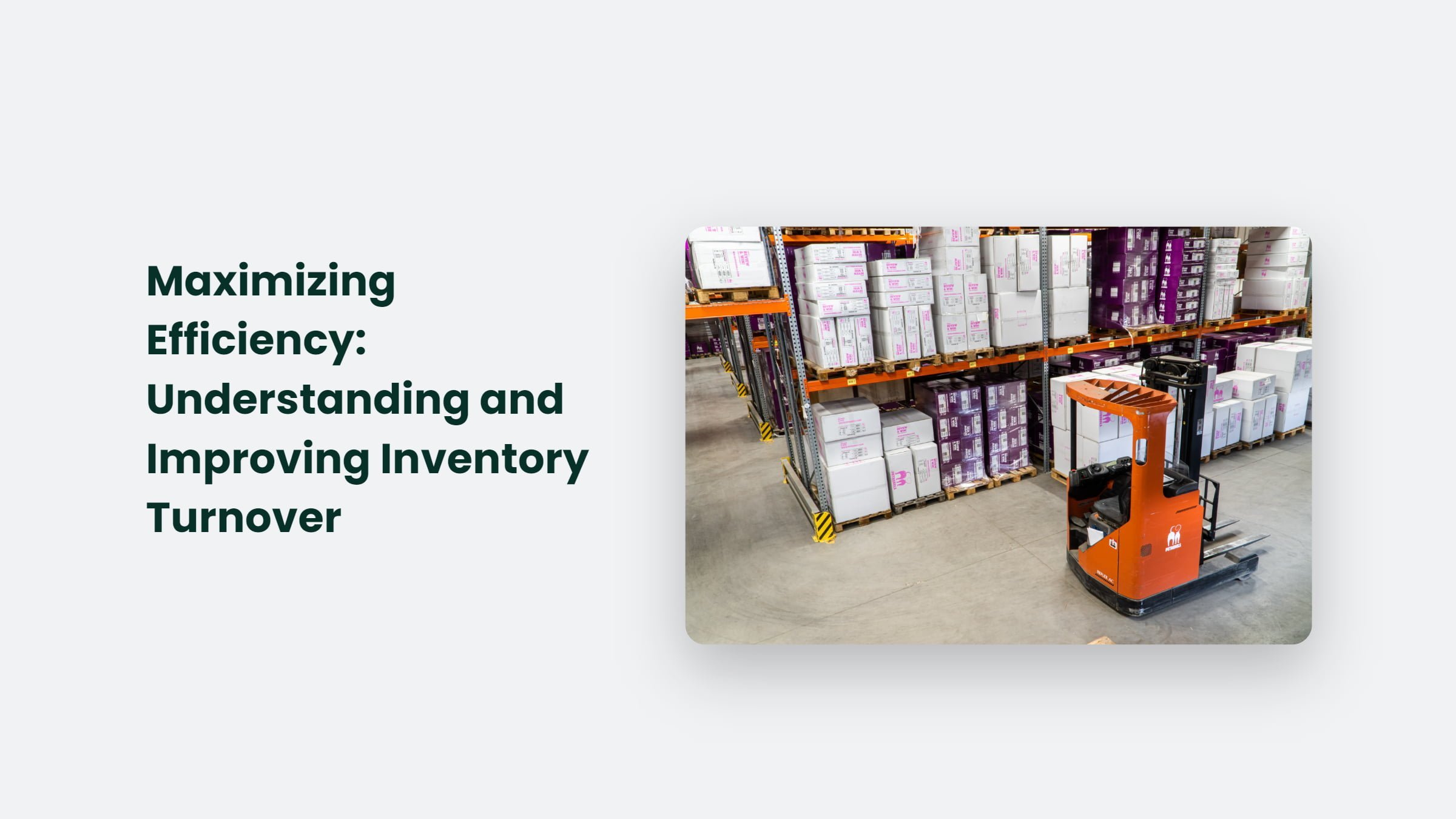In today’s highly competitive business landscape, companies must focus on maximizing efficiency and profitability. This article will discuss the importance of inventory turnover, how to calculate it, and strategies for improving it.

What is Inventory Turnover?
Inventory turnover, also known as stock turnover, measures a company’s efficiency in managing its stock. It is calculated by dividing the cost of goods sold (COGS) by the average inventory during a specific period.
Significance of Inventory Turnover:
High inventory turnover indicates that a company is efficiently selling and replacing its stock, leading to improved cash flow and increased profits. Low inventory turnover can signify that a company is holding onto unsold inventory, tying up valuable cash and potentially resulting in stock spoilage or obsolescence. Additionally, inventory turnover can also impact a company’s relationship with suppliers.
Calculating Inventory Turnover:
To calculate inventory turnover, a company must divide the COGS by the average inventory during a specific period. For example, if a company has COGS of $500,000 and an average inventory of $250,000, its inventory turnover would be 2 (500,000 / 250,000 = 2).
Importance of considering other Key Performance Indicators:
It is important to note that inventory turnover should not be considered in isolation but in conjunction with other key performance indicators such as gross margin, net profit, and return on investment. By analyzing these metrics together, a company can gain a more comprehensive understanding of its overall performance.
Strategies for Improving Inventory Turnover:
- Reviewing and Adjusting Pricing Strategies: By analyzing sales and customer behaviour data, companies can adjust prices to ensure that they are competitive while maintaining profitability.
- Improving the Efficiency of Sales and Ordering Process: Companies can improve the efficiency of the sales and ordering process by streamlining procedures and utilizing technology such as inventory management software.
- Reviewing and Culling Slow-moving or unproductive stock: Regularly reviewing and culling slow-moving or unproductive stock is another strategy that can improve inventory turnover.
- Utilizing inventory management software: Implementing inventory management software can help companies to keep track of inventory levels, sales and customer behaviour, enabling them to make better decisions on inventory management.
- Implementing Just-in-time inventory systems: Implementing just-in-time inventory systems, which involve ordering products only as needed, can reduce excess inventory.
Importance of Regularly Reviewing and Analyzing Data:
Companies should regularly review and analyze their inventory turnover data to identify issues and make necessary adjustments. It can include identifying slow-moving products and taking action, such as discontinuing them, reducing the price, or increasing marketing efforts.
The Bottom Line:
In conclusion, inventory turnover is a crucial metric for companies to track and manage effectively. Companies can increase their efficiency and profitability by understanding the importance of inventory turnover, calculating it accurately, and implementing strategies to improve it. Companies need professional help if they need assistance in implementing the best strategy for improving their inventory turnover. Companies that effectively manage their inventory turnover are more likely to achieve success in today’s competitive business landscape.




